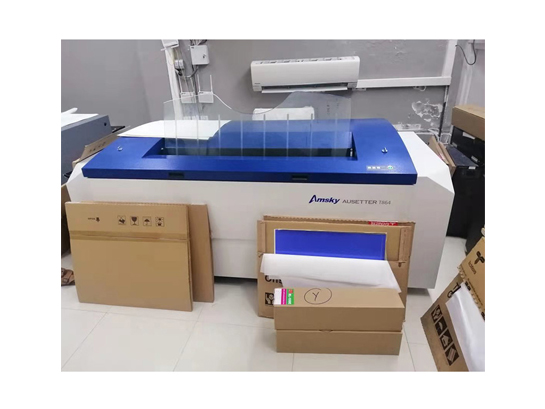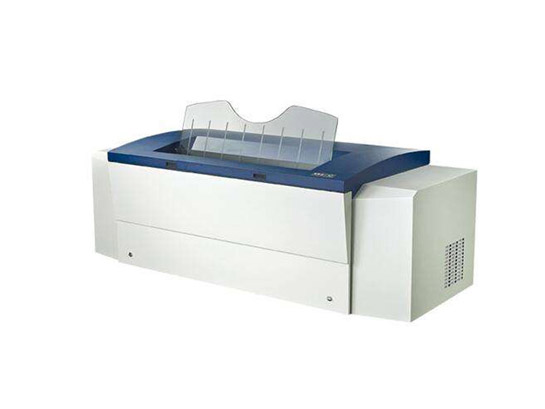Why Is It Important To Reduce Waste In Packaging Printing Facilities?
Flexographic printing equipment handles many things that can affect the environment. Materials such as inks and solvents used in the packaging printing process can be hazardous to the environment and people if companies do not meet proper standards and environmental protection procedures or if they are not managed properly.
Gear Hobbing Machine handles many things that can affect the environment. Materials such as inks and solvents used in the packaging printing process can be hazardous to the environment and people if companies do not meet proper standards and environmental protection procedures or if they are not managed properly.
State and EU environmental regulations explain what can and cannot legally be done with post-production waste. The regulations describe how pollution (waste) can be controlled, stored, treated or disposed of. Its size and type depend to a large extent on the technology of the printing company, raw materials and consumables, storage technology, work organization and scale of production.

Thermal CTP Machine
Pollution control means doing everything possible to reduce the amount and toxicity of the pollution produced in the production process. Reducing waste and minimizing pollution are the most desirable and effective activities that every printer should consider. Pollution prevention can be as simple as using catch basins to prevent spills, or as complex as redesigning operations to improve efficiency and reduce waste. Simple things like changing production techniques to improve efficiency and reduce waste.
Often, choosing the right solution or technology, such as water-washed flexographic printing plates or less harmful solvents, can help reduce environmental pollution and minimize the risks associated with non-compliance with environmental rules and regulations. Being a socially responsible company requires being fully aware of the environmental impact of production activities and taking effective action to reduce it. Even the smallest step to reduce waste is worthwhile.
Why is it important to reduce waste in packaging printing facilities?
Every printing facility generates hazardous waste, which must be managed safely and legally. Managing waste costs a lot of money! Often, what we throw away is the material we pay for when we get them. Reducing the amount of waste we dispose of can reduce costs. It is cost reduction that most motivates printers to reduce waste and environmental impact in the production process.

CTP Machine
Reducing waste helps.
Improve the work environment and worker safety.
Reduce liability.
Improve efficiency.
Increased competitiveness - customers are increasingly concerned about suppliers' ecological standards.
Less regulation.
Better environment.
Increased brand awareness and corporate social responsibility opportunities.
What measures can be considered and taken to reduce waste?
There are many ways to prevent contamination of flexographic printing equipment. We suggest several good practices whose implementation will reduce the environmental impact of production.
Keep work areas clean and well organized to help prevent accidents.
Use drip pans and splash guards in areas where spills occur frequently.
Repair leaks immediately.
Don't buy more than you need. Optimize inventory so that leftovers do not become waste and renewal costs.
Buy the largest practical containers available. Ink, solvent and chemical containers always end up as waste.
Buy products that are the least toxic or hazardous. Check the Material Safety Data Sheets for the products you buy. If the product is toxic or hazardous, ask your supplier for an alternative.
Use the oldest items first (golden rule: first in, first out).
If you do have excess or unwanted materials, check to see if your supplier can take them back or sell them.
Include disposal costs when making purchasing decisions. The option that seems cheapest may cost more due to disposal or other administrative costs.